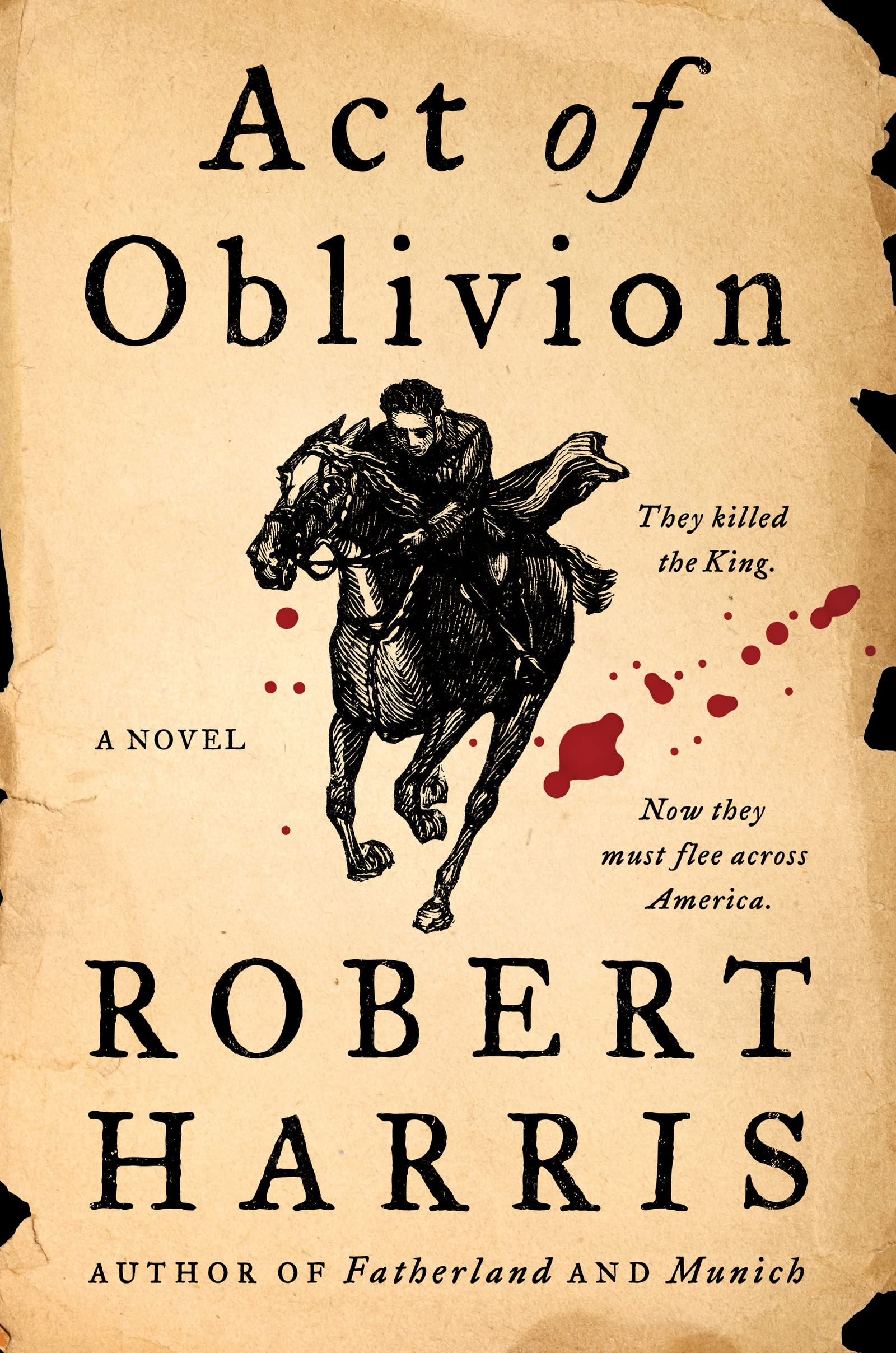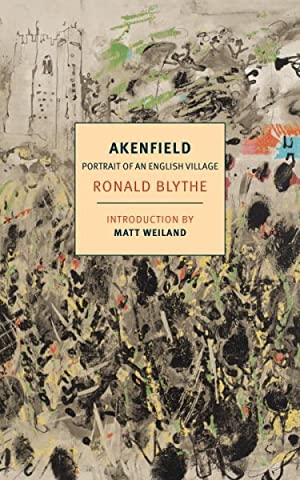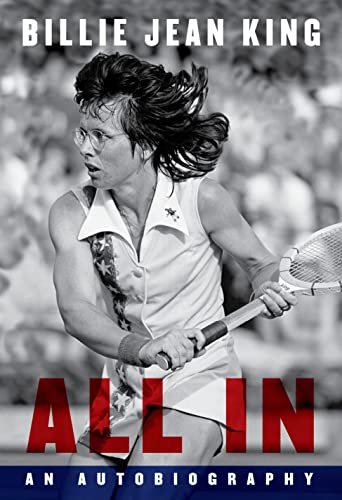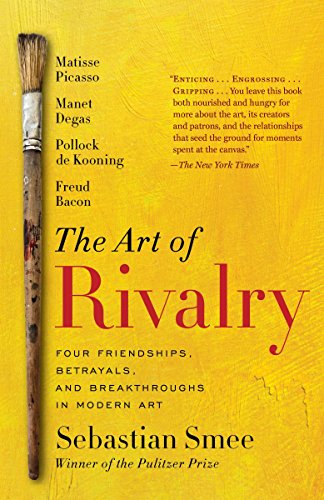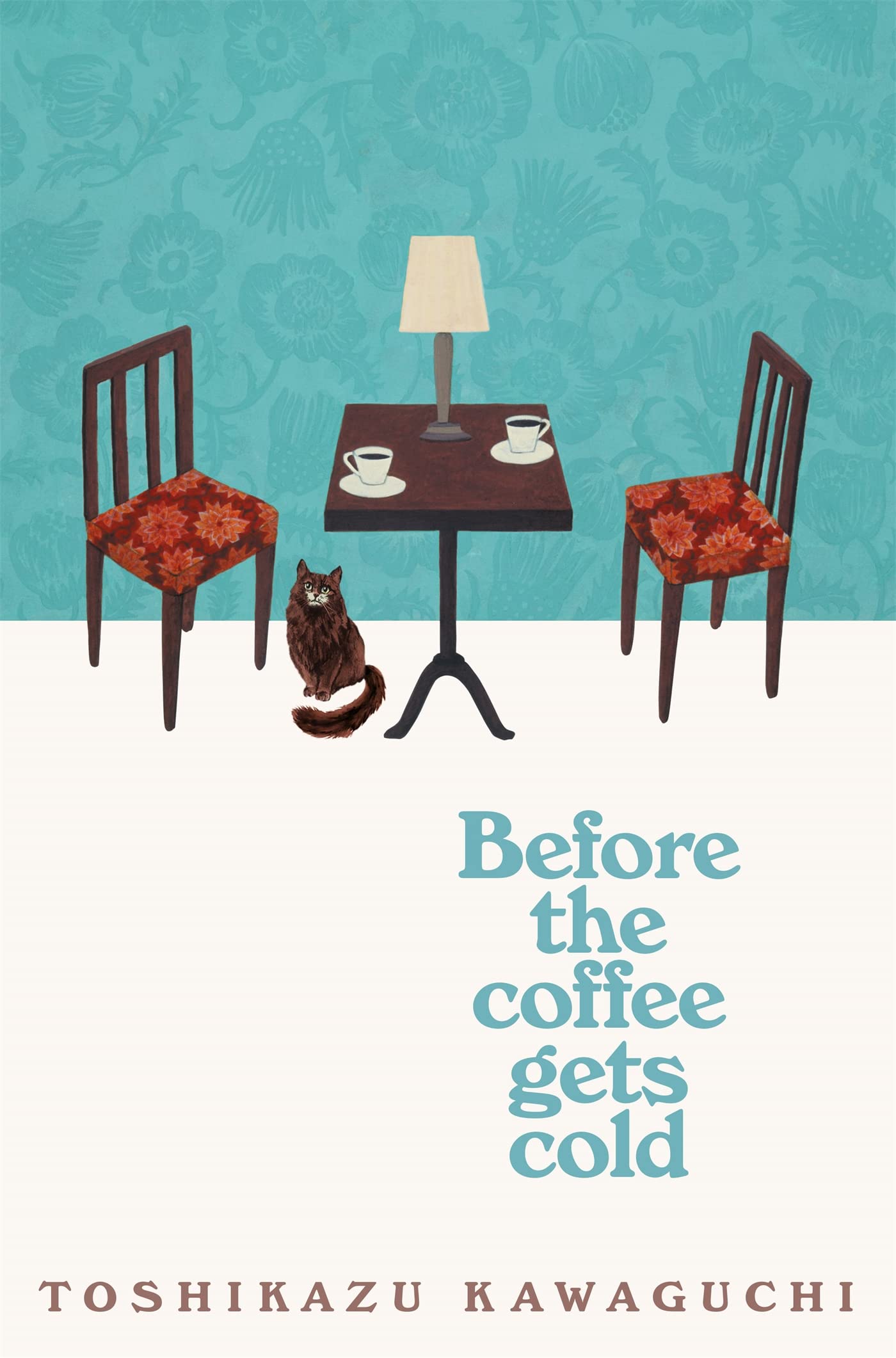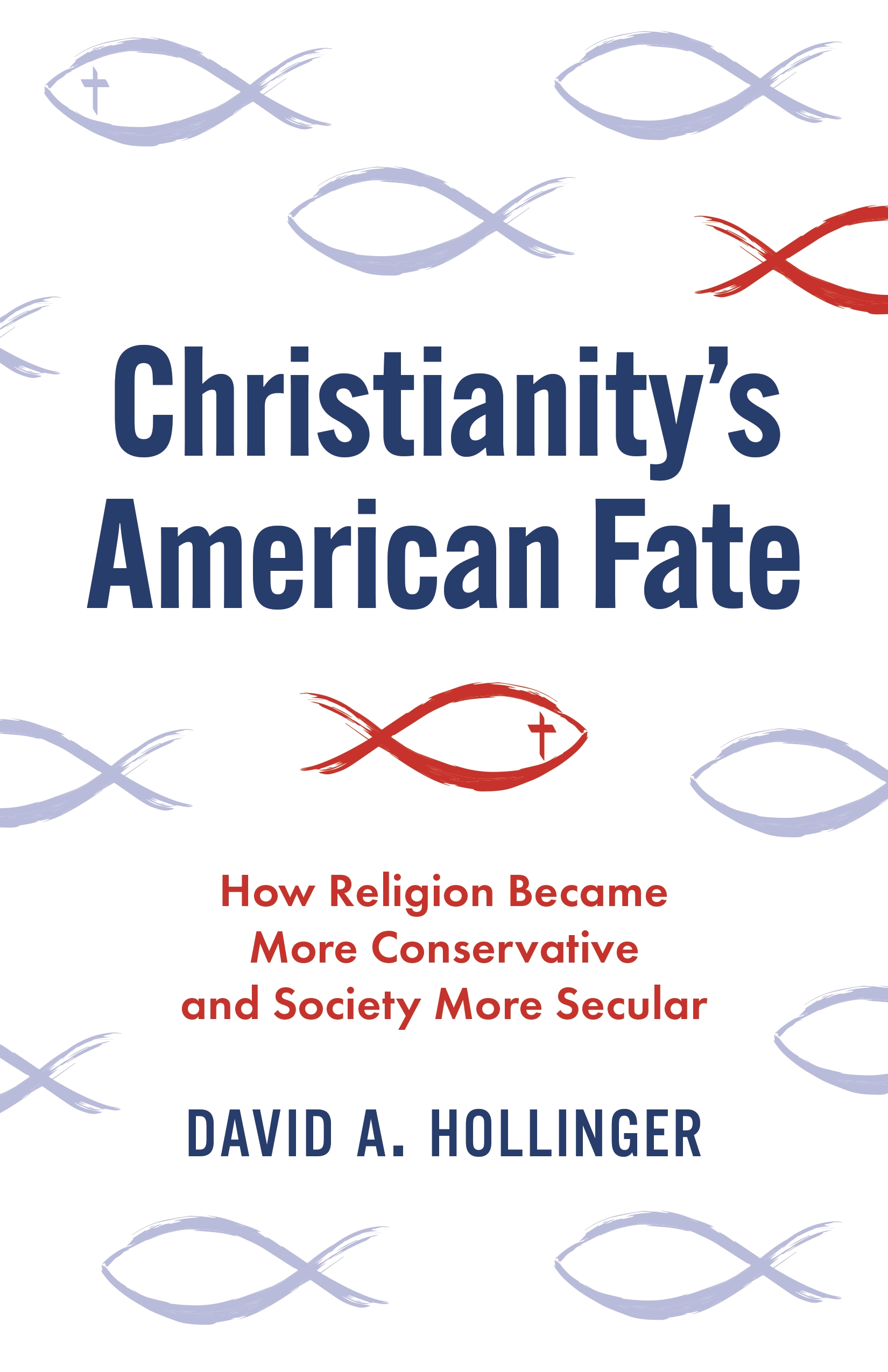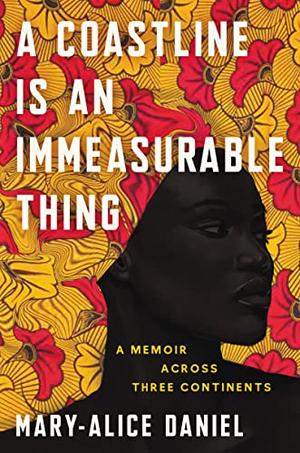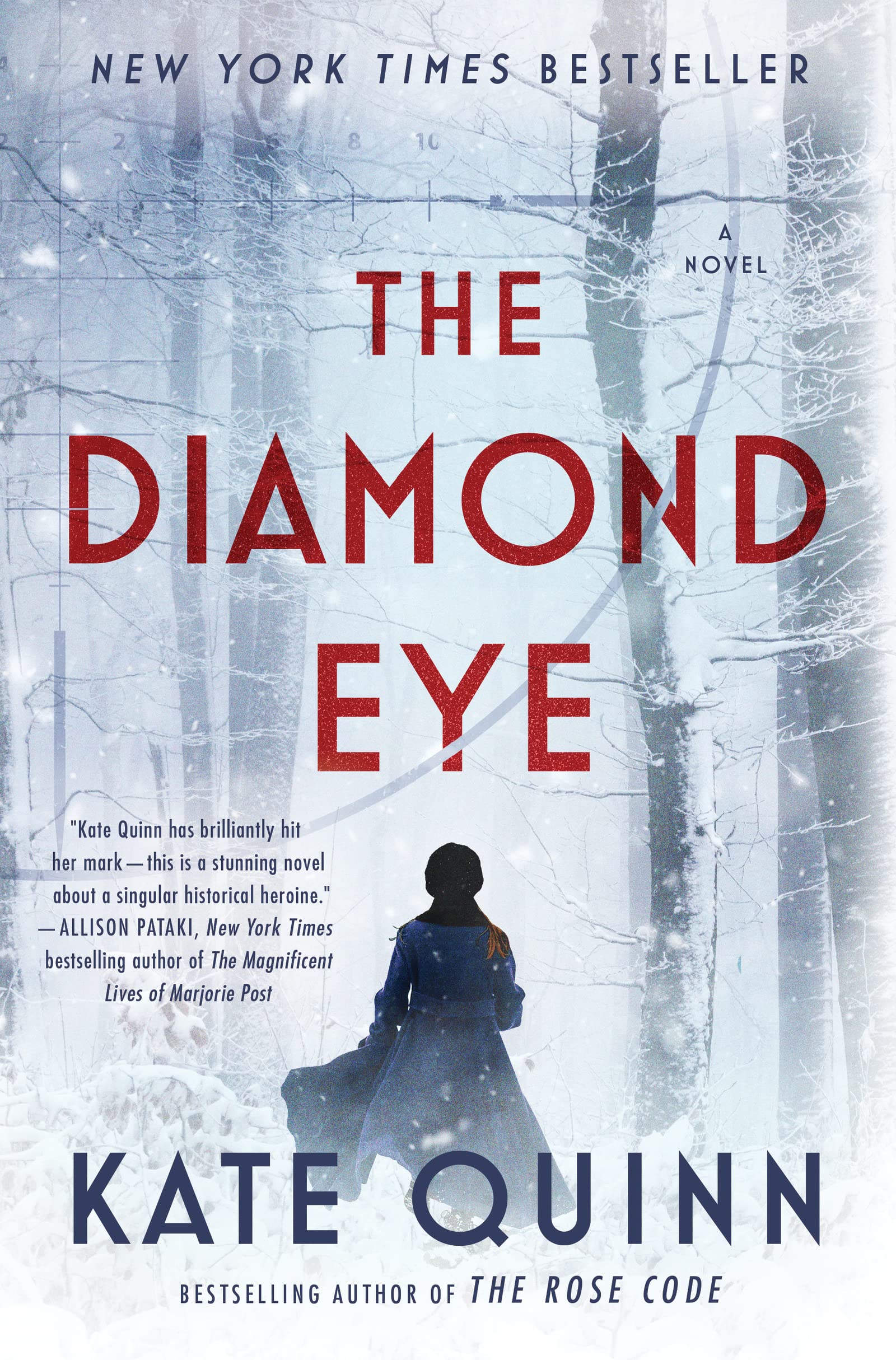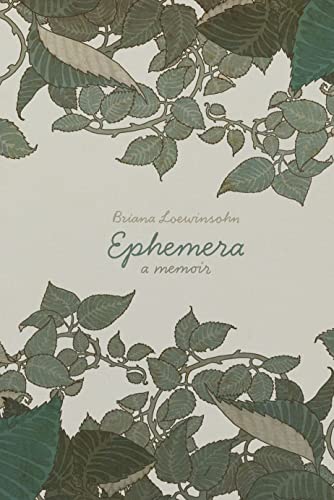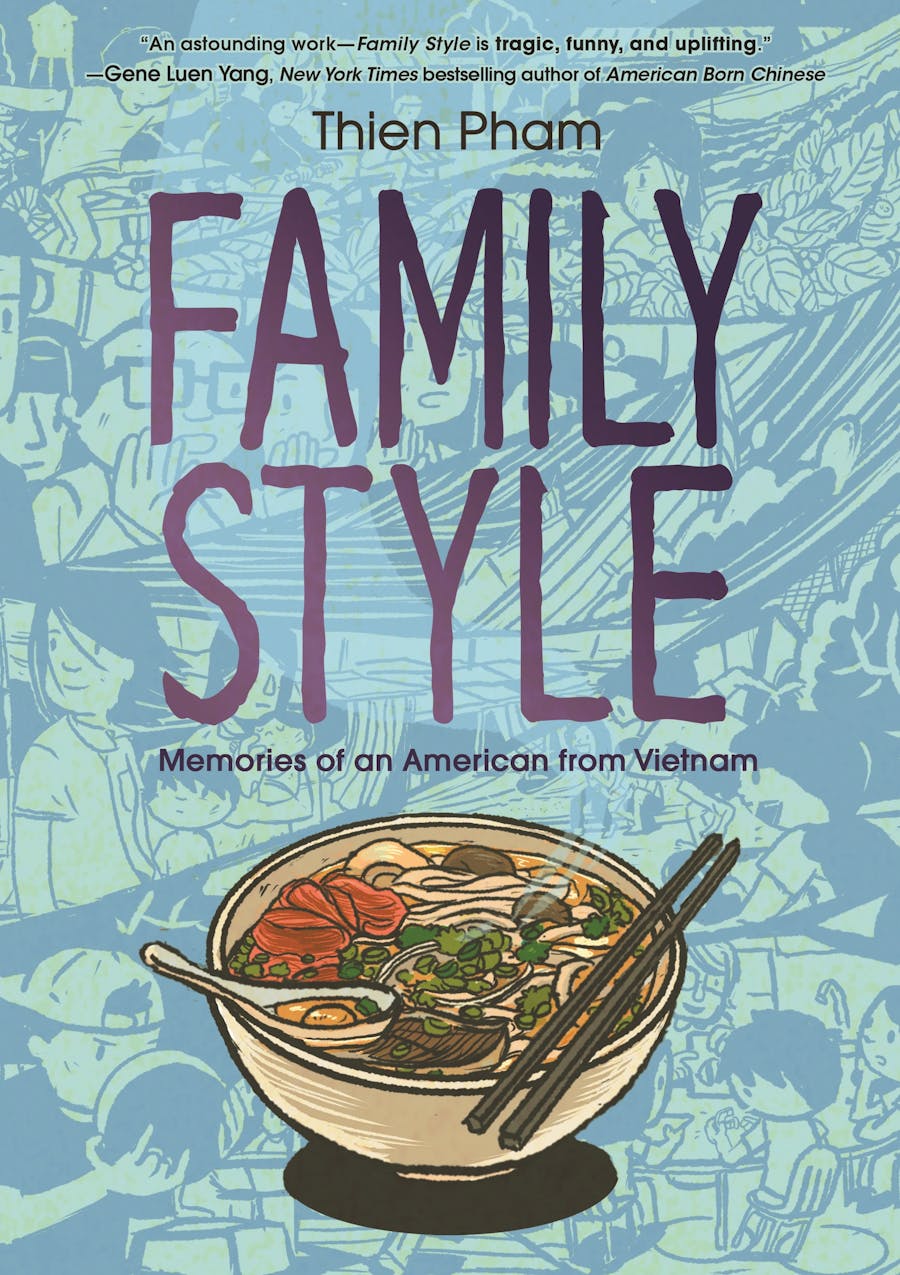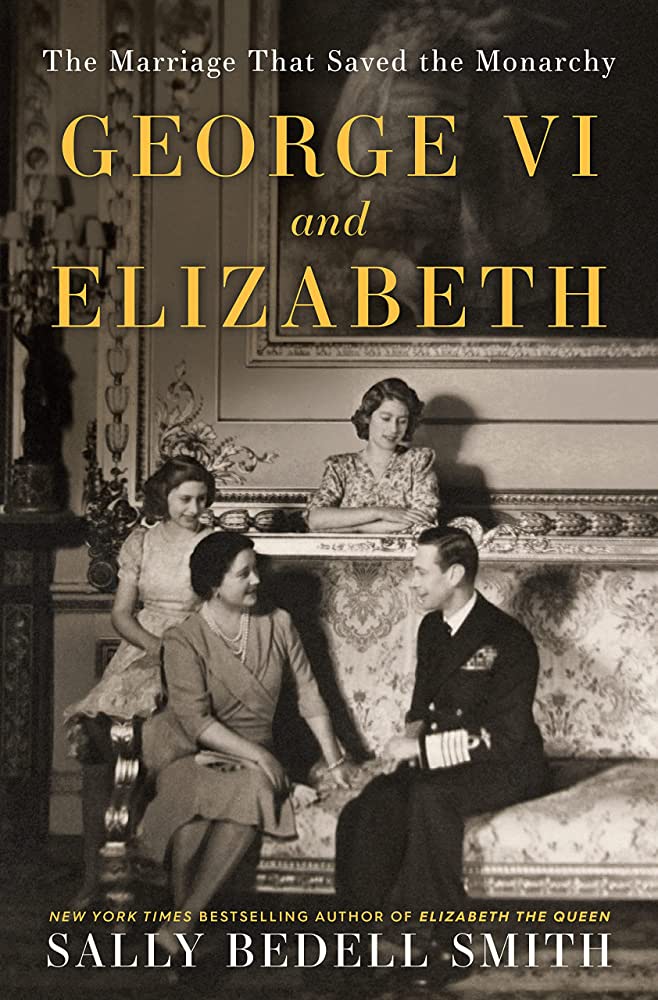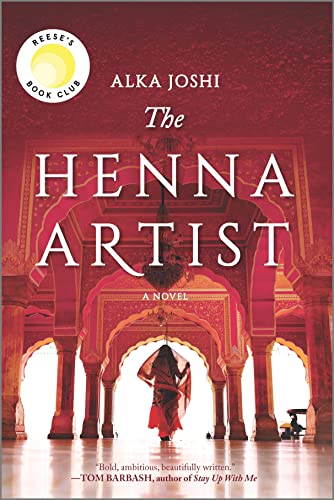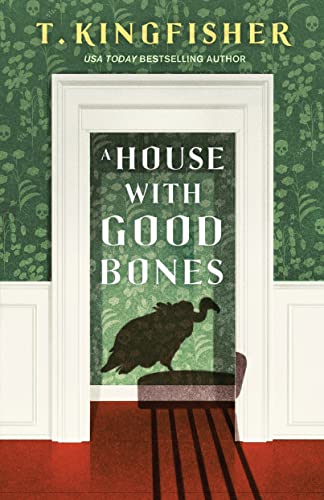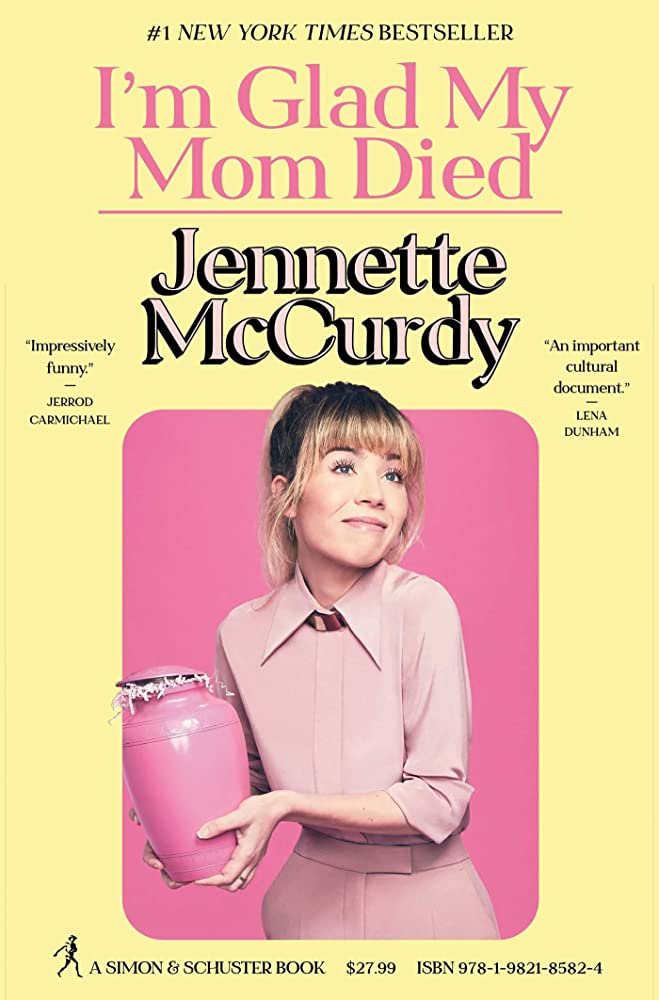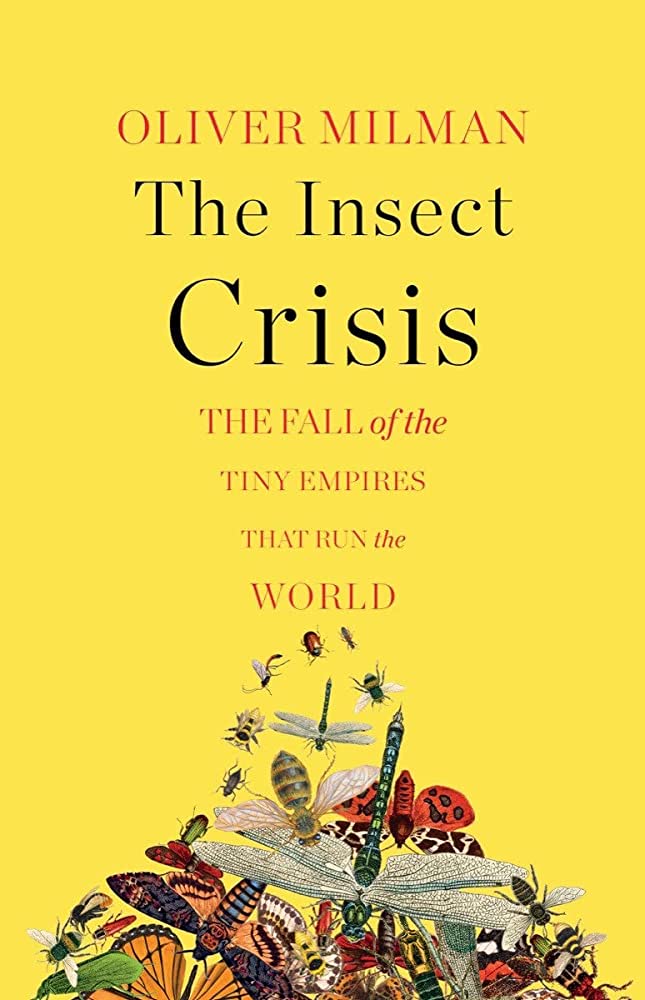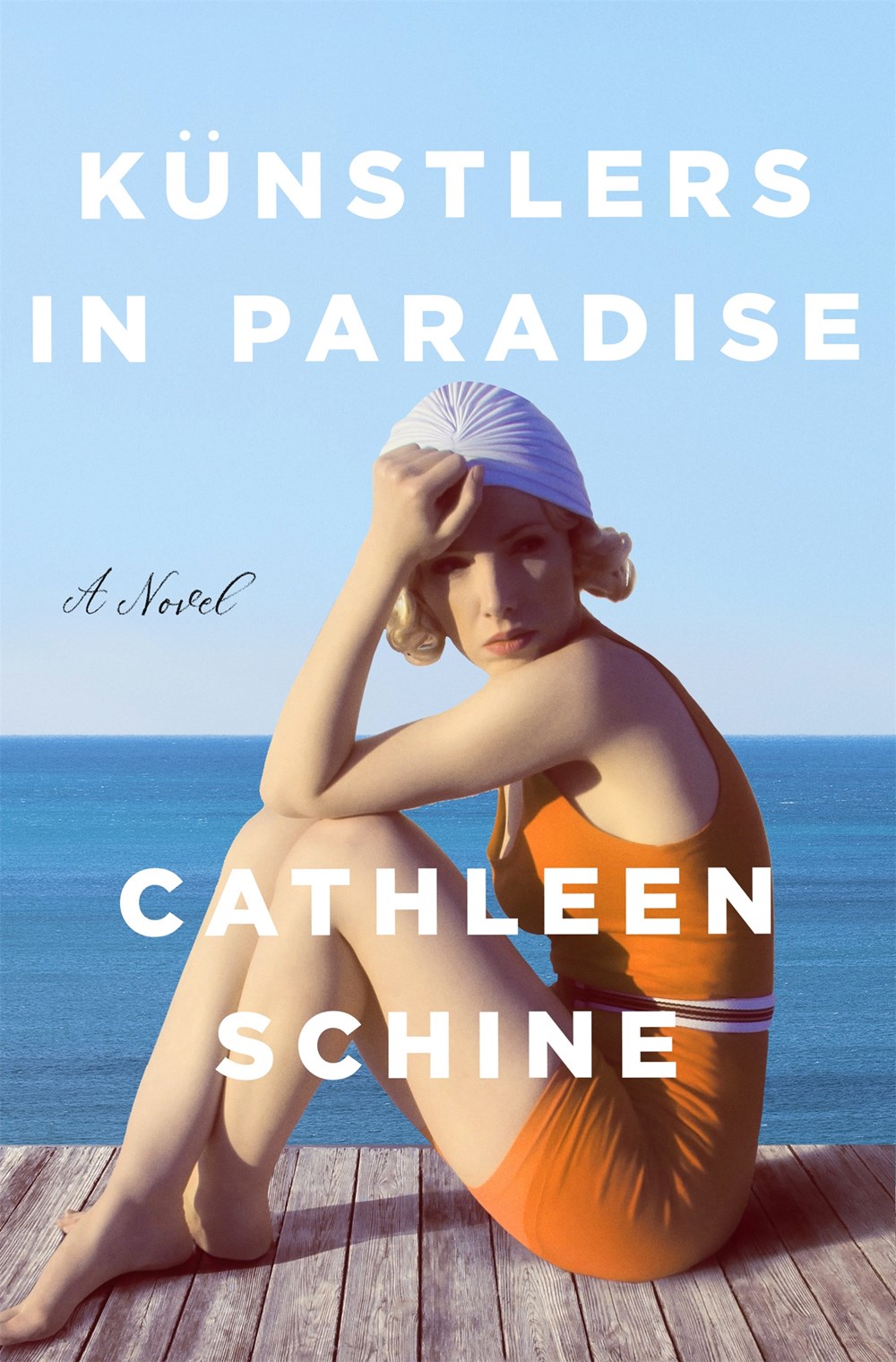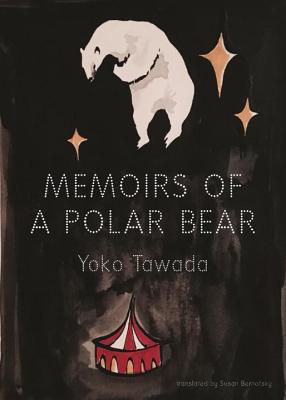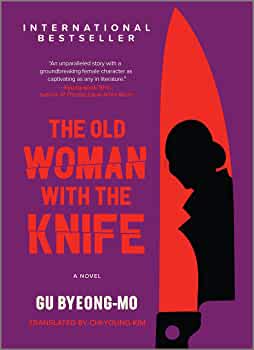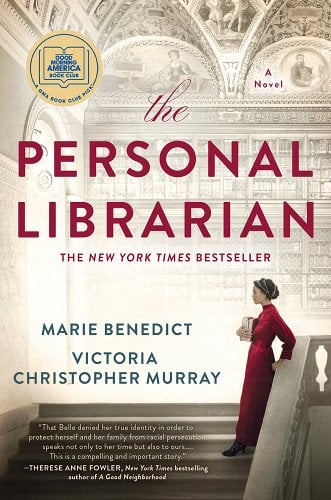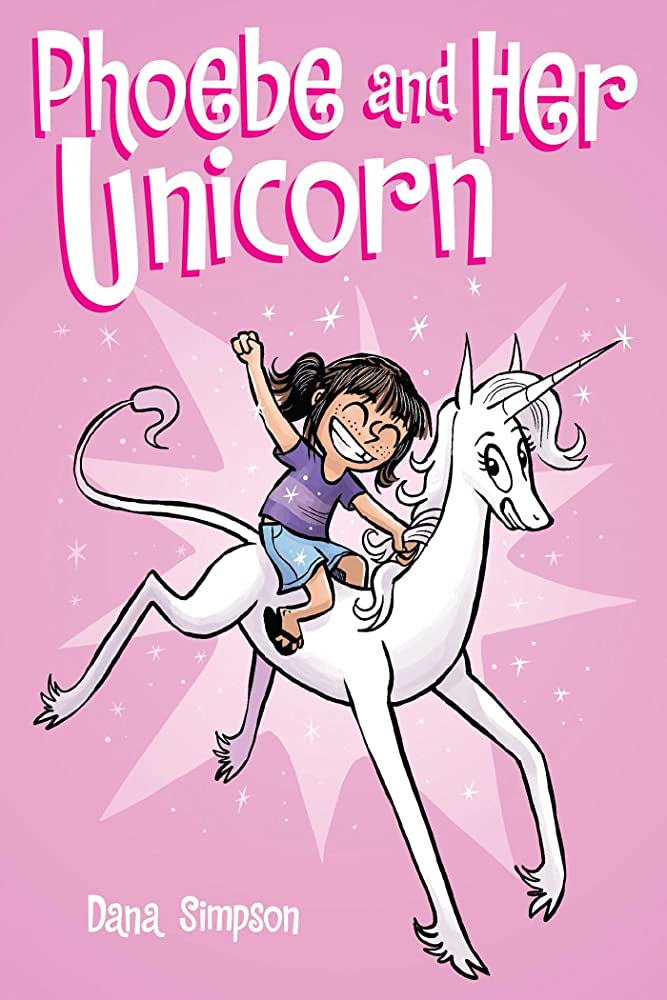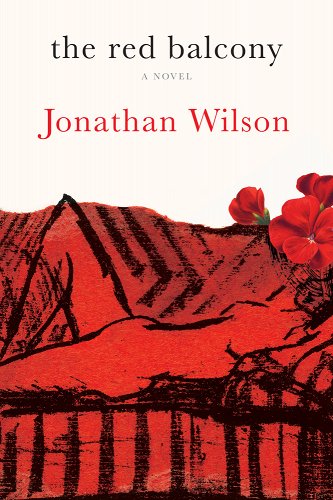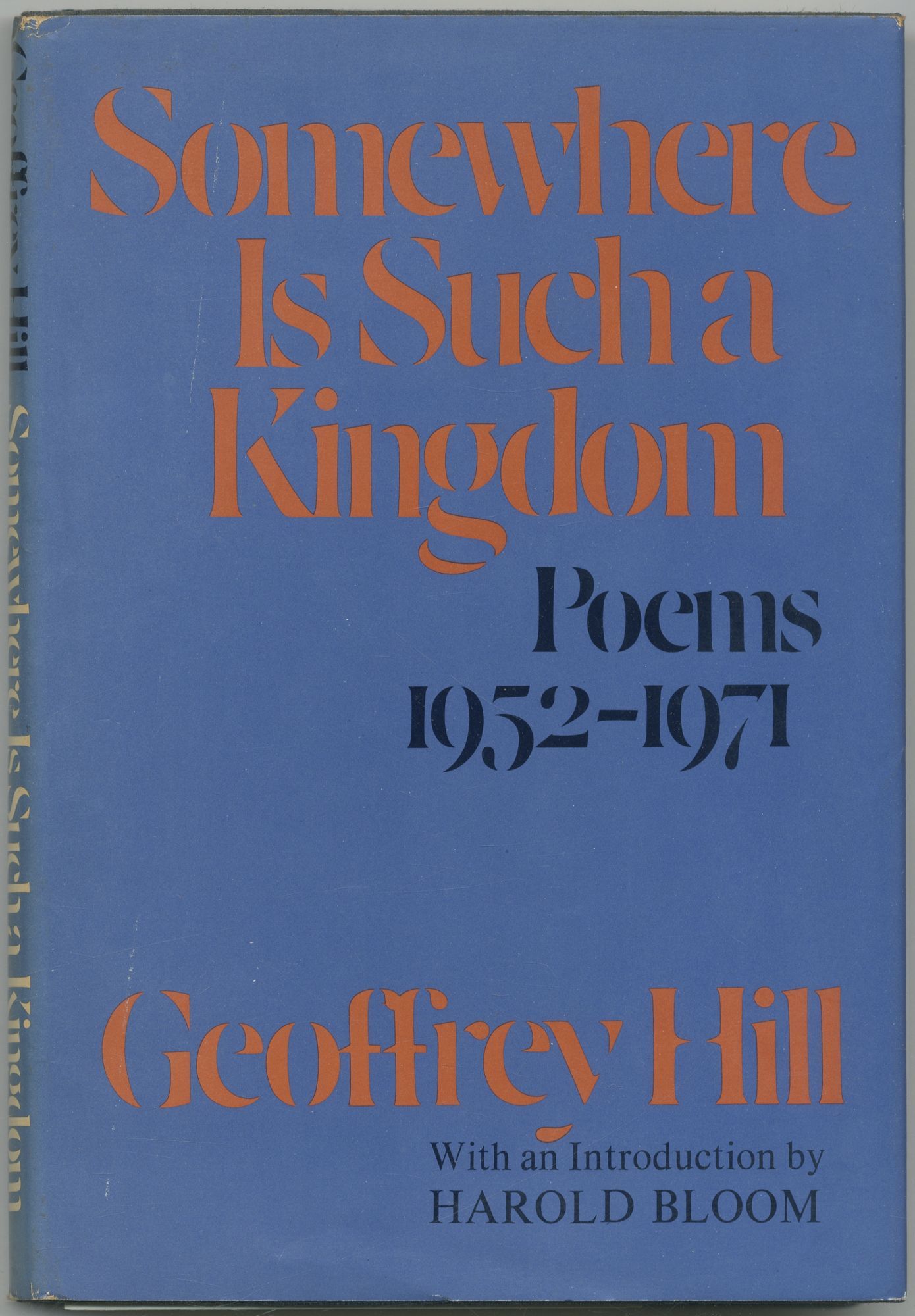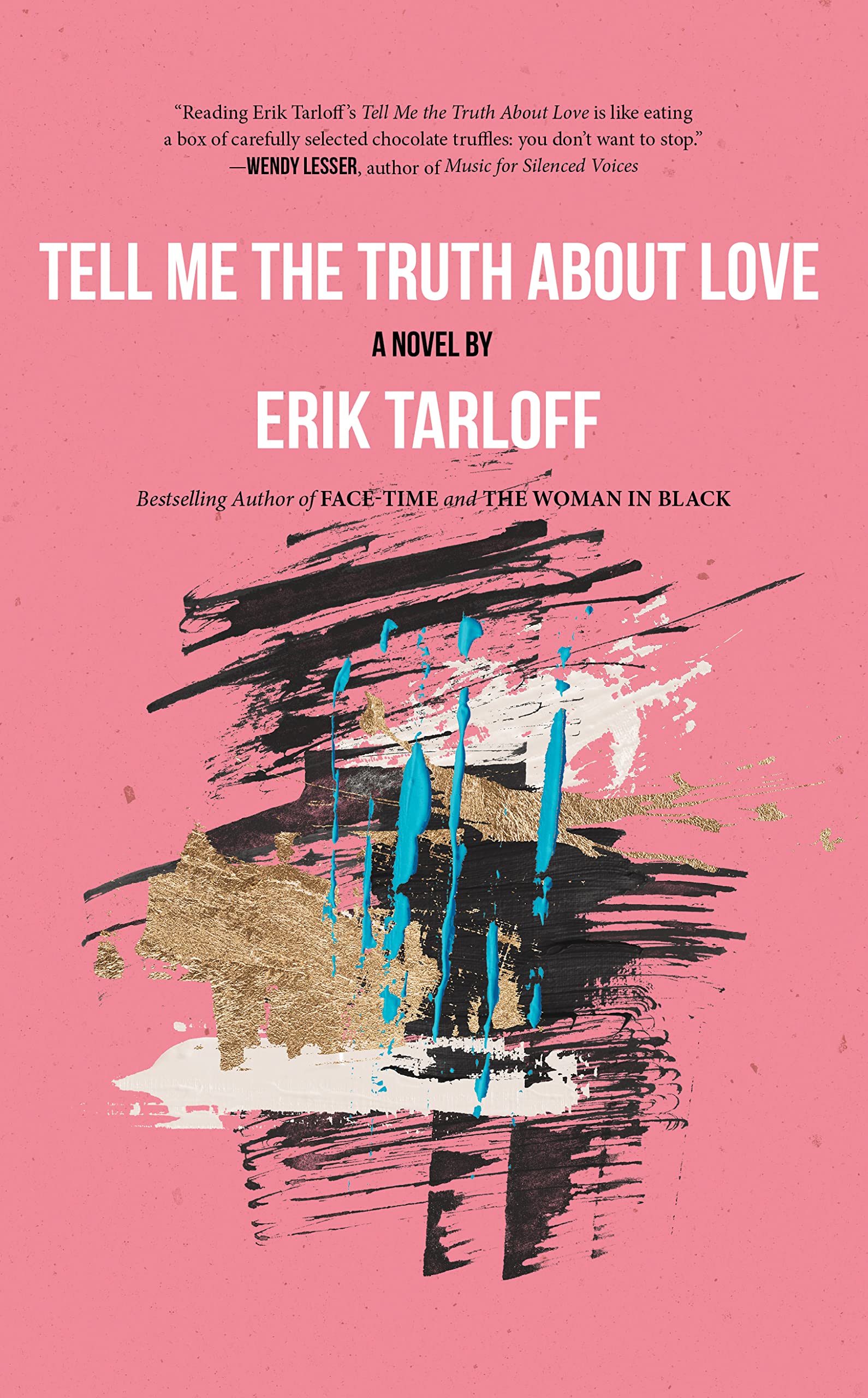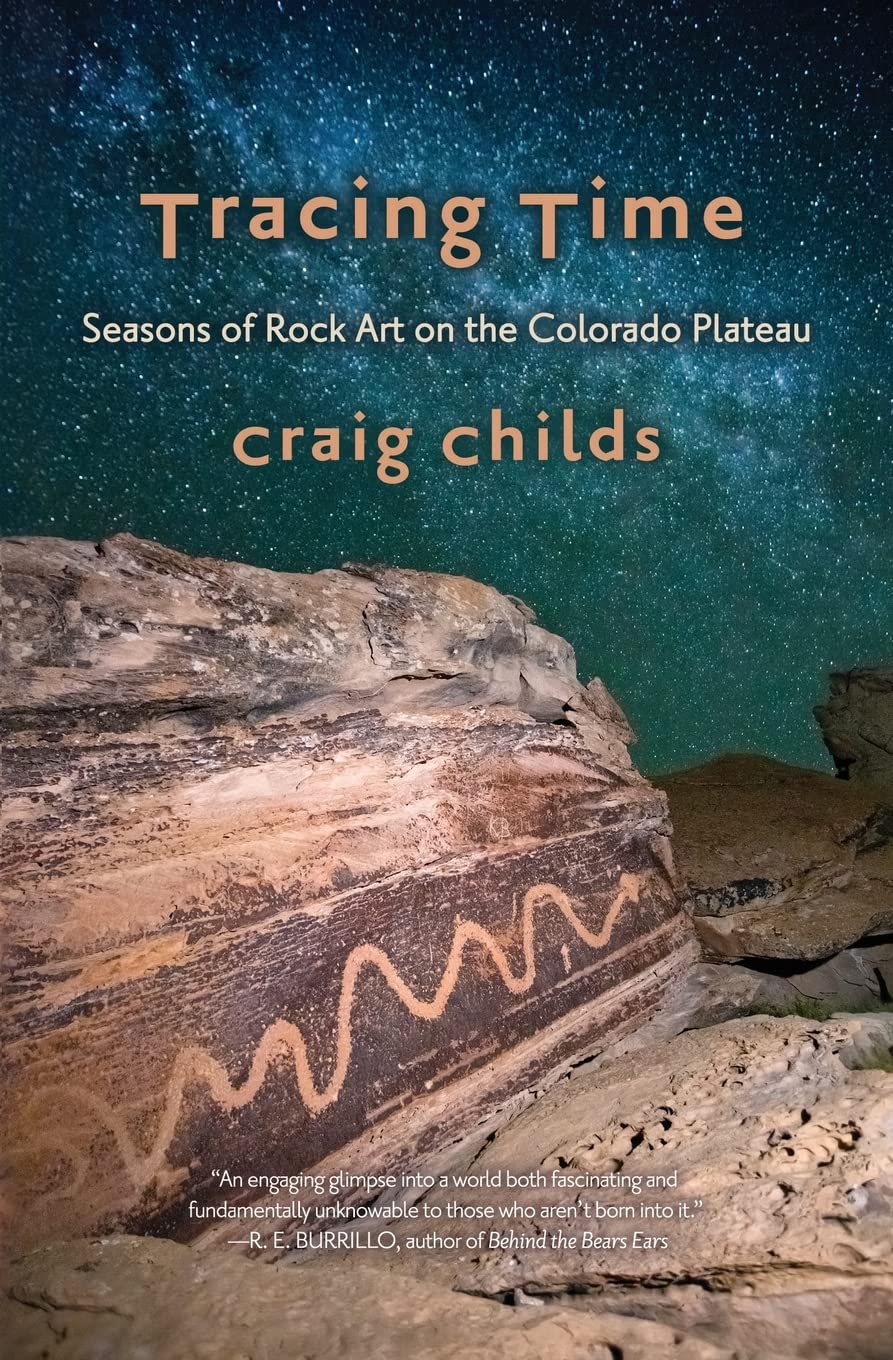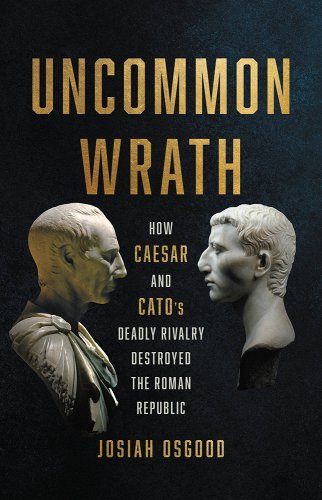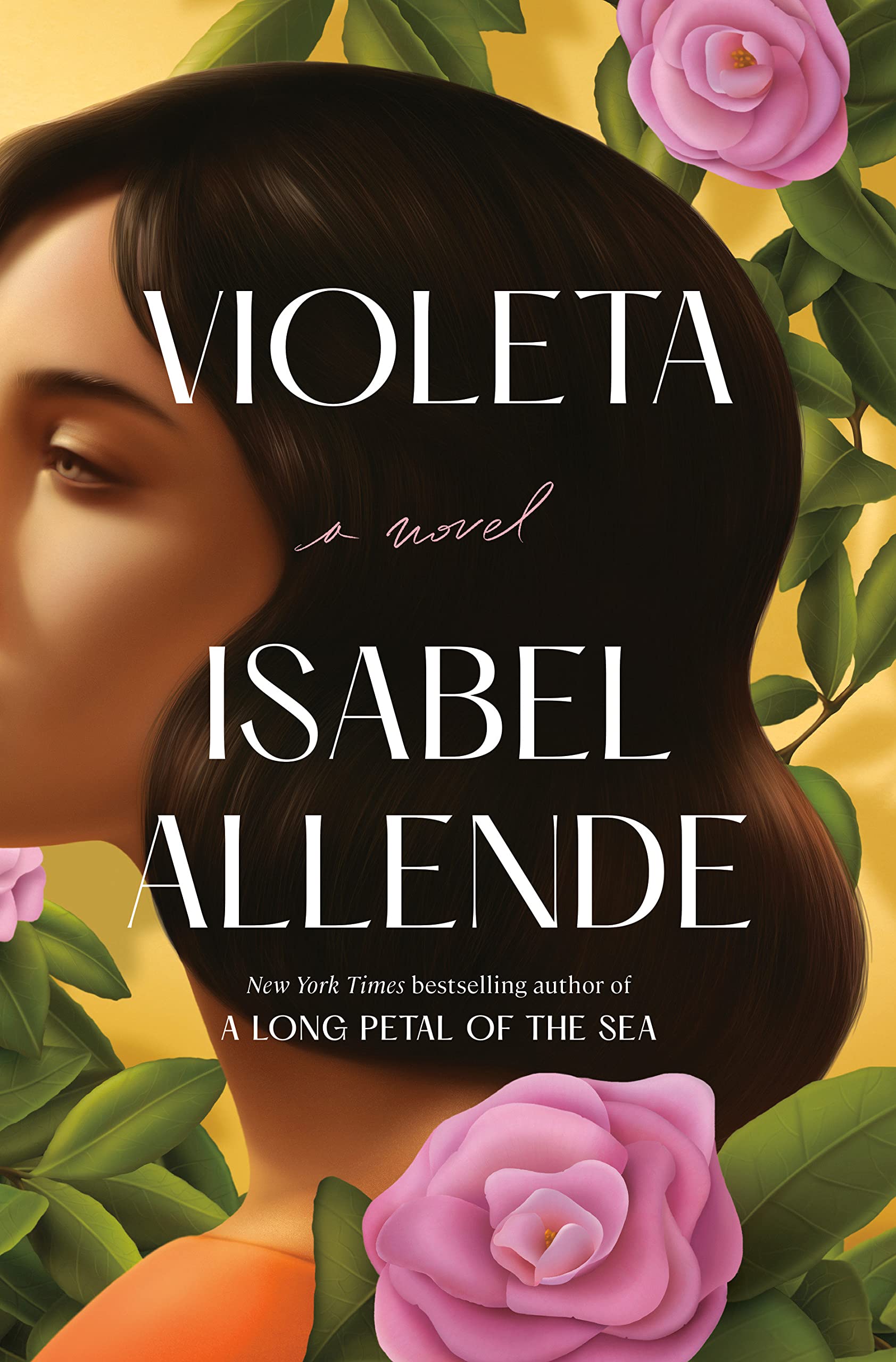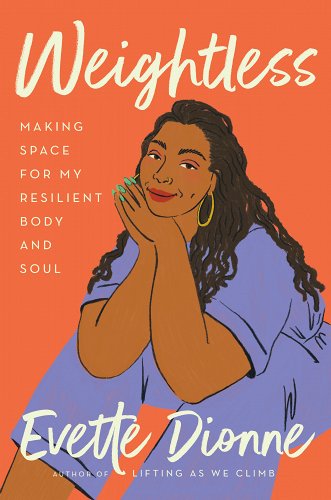The Wind at My Back: Resilience, Grace, and Other Gifts From My Mentor, Raven Wilkinson by Misty Copeland, written with Susan Fales Hill
Savala Nolan, Executive Director, Thelton E. Henderson Center for Social Justice
This is one of three book reviews written by our own Savala Nola for the New York Times Book Review last December that she shared with us and are reprinted here.
Elegant, determined, courageous — these are words Misty Copeland, the first Black female principal dancer with American Ballet Theater, uses to describe Raven Wilkinson, one of the first Black ballerinas to sign a contract with a major company, in 1955. They also describe The Wind at My Back: Resilience, Grace, and Other Gifts from My Mentor, Raven Wilkinson, written with Susan Fales-Hill, which recounts Wilkinson’s hard-won entry into the ultra-white world of ballet amid racial segregation in the United States, and Copeland’s own racialized battles in the same world five decades later.
The love and mutual aid between Black women has always been abundant, but not always celebrated. Here, the friendship between two extraordinary Black women forms the book’s core. In warm, plain-spoken prose, Copeland details Wilkinson’s bravery: from joining the Ballet Russe de Monte Carlo after years of study, becoming the company’s first (and during her tenure, only) Black ballerina; to enduring the racism of her artistic directors, the pressures to pass for white and harassment by the K.K.K. (burning crosses appear more than once). She gets kicked out of segregated hotels and receives death threats. Wilkinson loved ballet so much that she said she’d “die to dance” — and she nearly did.
Copeland traces this arc alongside her own difficult ascent to ballet’s highest echelons — the physical damage (her toes like cement in her pointe shoes, her muscles and bones “wrecked” by rehearsals and travel), the anguish of dealing with a racist press, the soul-crushing indignity of being “told to dust my skin with white foundation and powder to fit in with the white dancers.” We also feel the transcendent joy that floods her when she dances; the juxtaposition of ballet’s exquisiteness with its particular toll on Black dancers is startling.
This book is a generous, sincere love letter to Wilkinson, who died in 2018, but it’s also a love letter to liberation. Among Wilkinson’s lessons were to dance with a “purpose beyond my performances,” and that one could “defeat hatred with beauty.” Ballet emerges as a way for Black women to claim their right to existence. “To be marginalized from a culture,” Copeland observes, “is to be marginalized from citizenship.” This bighearted memoir is an antidote to that marginalization.

